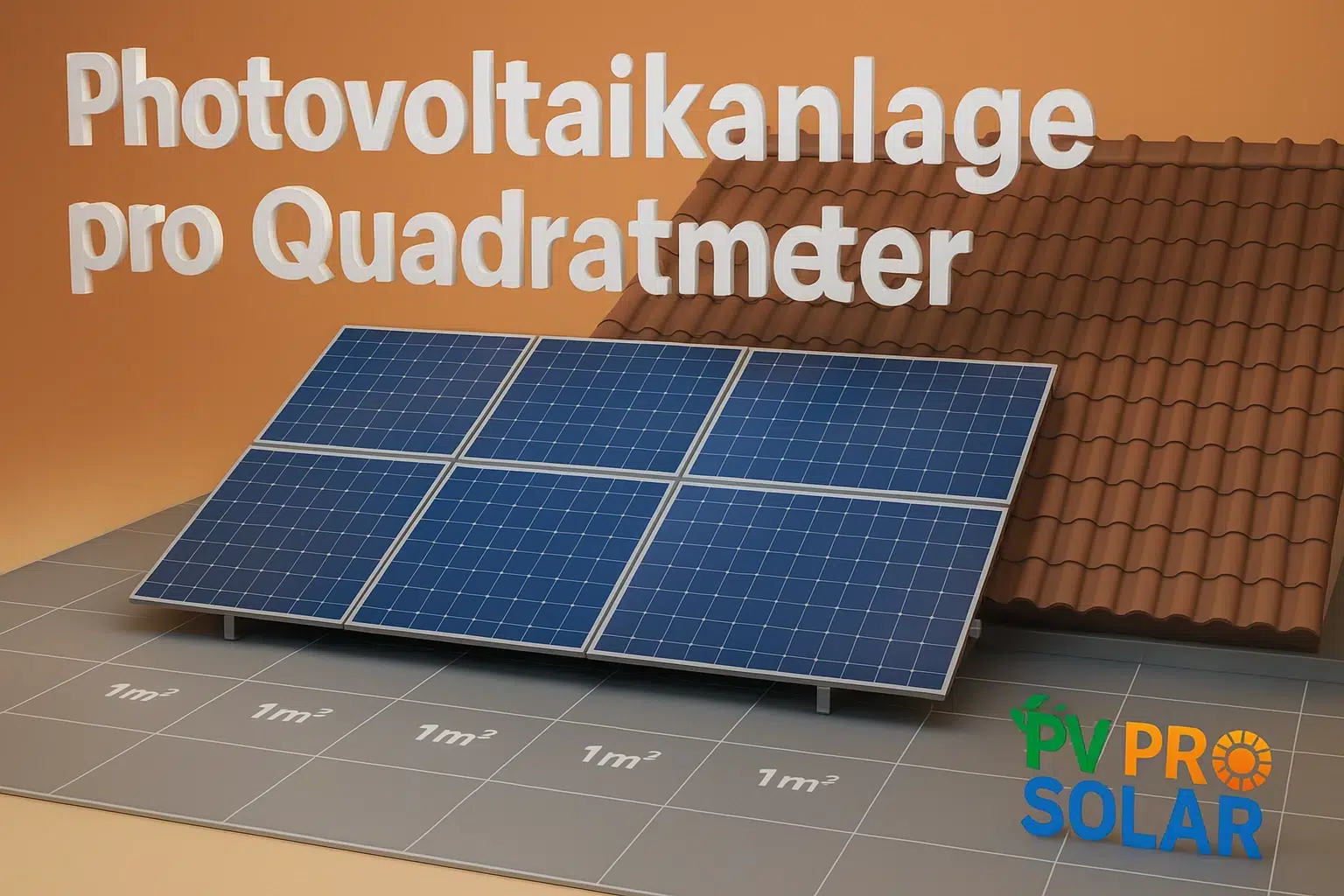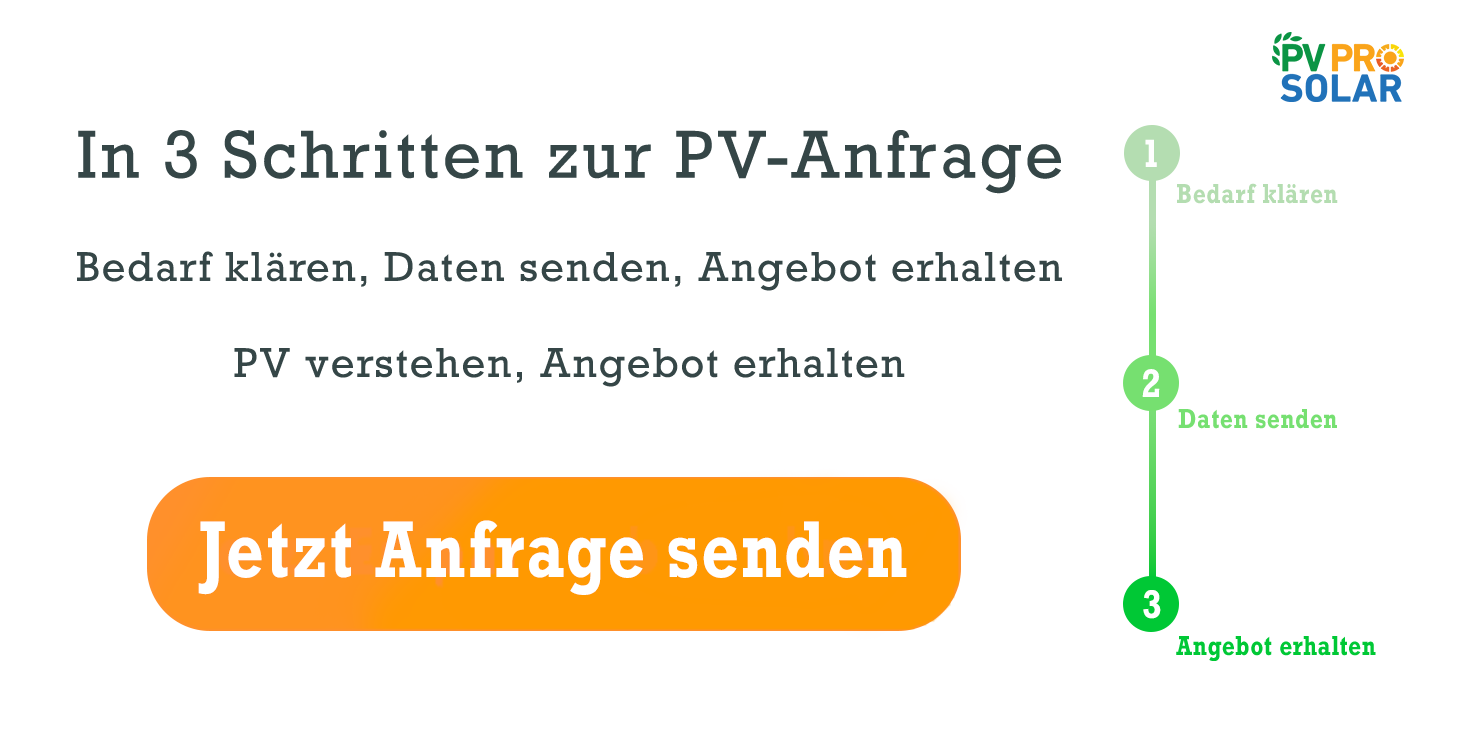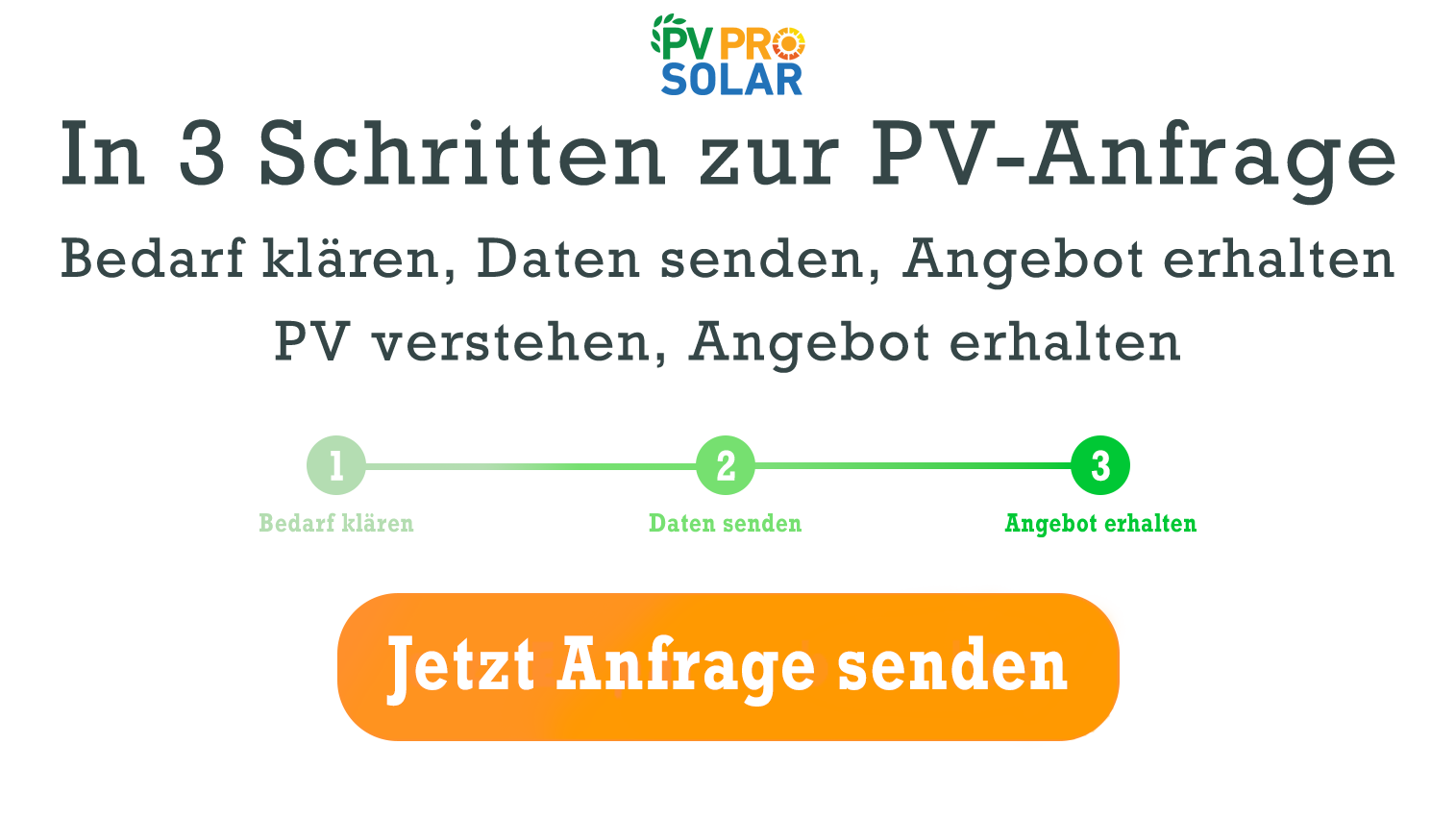Photovoltaic system per Square Meter: Costs and Returns
Investing in a photovoltaic system is a financially worthwhile decision. But what exactly are the expected costs and returns per square meter? To accurately assess the profitability of your solar installation, it is crucial to understand these figures in detail. In this article, you’ll gain comprehensive insights into the per-square-meter costs and yields of photovoltaic systems, as well as practical tips on maximizing your roof space.
How Much Does a Photovoltaic System Cost per Square Meter?
The cost of photovoltaic (PV) systems per square meter varies significantly based on several factors. In Germany, estimated average costs typically range between €150 and €350 per square meter. The primary cost drivers include:
- Module quality: Modern, high-efficiency premium panels fall within the upper price range, while standard panels are significantly less expensive but produce less power per square meter.
- Mounting systems: The quality and complexity of rooftop mounting systems impact overall installed costs.
- Installation complexity: Conditions such as complicated installations increase labor and material costs.
- Regional price variations: Total costs differ based on local labor and material rates.
Additionally, extra expenses such as planning, grid connection fees, and regular maintenance services must be calculated and factored into your estimates. It is important to obtain quotes from multiple suppliers to determine the optimum price-performance ratio.
What Factors Influence Photovoltaic System Costs per Square Meter?
Several key factors influence the costs per square meter:
- Quality of materials: Modern, high-quality solar panels are more expensive but provide longer warranties and increased efficiency in power generation.
- Roof orientation and inclination: Optimal south-facing roofs receiving peak sunlight and suitable angles reduce installation complexity and maximize potential energy generation.
- Complexity of installation: Difficult rooftop structures or additional reinforcement requirements increase overall costs.
- Regional price differences: Installation costs in urban areas are typically higher than those in rural locations.
Carefully weighing these factors and using a PV calculator helps ensure an accurate evaluation of your system’s economic viability over time, based on its rated output and measured efficiency.
What is the Expected Yield per Square Meter?
In Germany, the annual yield of a photovoltaic system typically ranges between 150 and 200 kilowatt-hours (kWh) per square meter. However, actual yields vary significantly due to location, orientation, module inclination, and the technology used.
For example, installations optimally oriented towards the sun in southern Germany, where direct sunshine is abundant, typically yield higher outputs compared to systems installed in northern Germany. High-performance monocrystalline panels, which efficiently convert both direct and diffuse sunlight, can substantially increase yields per square meter compared to polycrystalline panels.
How to Calculate Yield per Square Meter?
To estimate the annual yield per square meter, follow these simple steps:
- Determine panel efficiency: Example: a monocrystalline panel produces 200 watts per square meter (W/m²).
- Multiply by average annual sunlight hours: Example: the panel receives around 1,000 hours of sunshine per year.
- Calculate annual yield: 200 W x 1,000 hours = 200,000 watt-hours or 200 kWh produced per square meter annually.
This calculation provides an initial rough estimation. For more accurate results, consider using simulation software or consulting solar energy experts.
How to Maximize Economic Returns per Square Meter?
To optimize financial returns per square meter, consider these measures:
- Choose high-efficiency monocrystalline panels that generate more electricity per square meter.
- Optimal placement and orientation of panels—ideally south-facing, tilted between 30 and 40 degrees.
- Install battery storage systems to increase self-consumption and reduce dependence on grid electricity.
- Perform regular maintenance to avoid efficiency losses due to dirt or damage.
Implementing these recommendations significantly enhances your photovoltaic system’s long-term profitability.
Is a Photovoltaic System per Square Meter Profitable in the Long Term?
Photovoltaic systems become particularly profitable in the long run due to rising electricity prices and government incentives. Typically, a photovoltaic system in Germany breaks even within 8 to 12 years. Beyond this period, you benefit from nearly cost-free electricity and potential income from surplus energy fed into the grid.
Viewed over the long term, investing in solar energy is a sustainable decision that offers substantial financial and environmental benefits. Combined with battery storage technologies, the overall return on investment becomes even more attractive.
The costs and yields per square meter of photovoltaic systems are critical factors in your investment decision. By thoroughly understanding and carefully considering these influencing elements, you ensure optimal economic efficiency for your installation. Utilize the provided information and tips to make your photovoltaic system as efficient as possible, enabling you to benefit long-term from sustainable energy production and financial returns.
Typical output ranges between 150 and 220 watts per square meter, depending on module quality and technology.
A roof inclination between 30 and 40 degrees is ideal for achieving the highest energy yields in Germany. What is the typical output per square meter for photovoltaic systems?
What roof inclination is optimal for maximizing yield per square meter?



